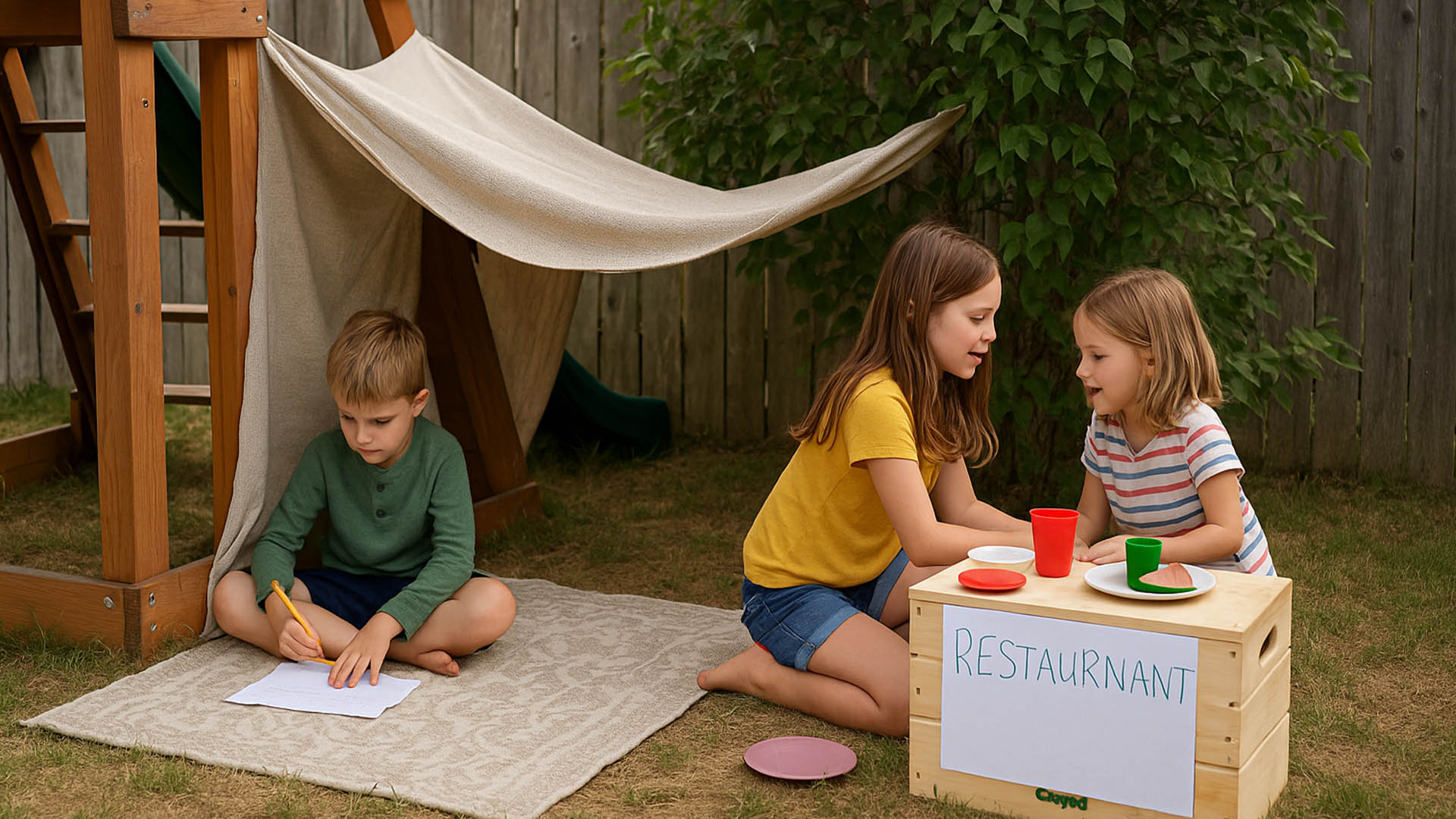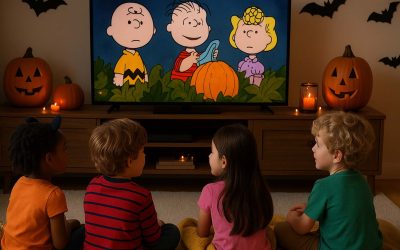What’s Gaining Attention
A mother of six in a Business Insider essay described why she encouraged boredom over camps or tutoring this summer. Her children built forts, invented restaurants, and wrote stories among themselves—sparking a broader trend of “feral summers” where unstructured days ignite curiosity and collaboration Business Insider.
Why It’s Resonating
- Creative Growth: Boredom challenges kids to invent play rather than consume.
- Sibling Bonding: Without adult curation, siblings negotiate, build, and solve together.
- Reduced Stress: Parents trade running schedules for quiet presence and authentic connection.
Tips for Balanced Boredom
- Maintain loose routines: Still schedule meals and quiet times to anchor the day.
- Encourage DIY play: Provide supplies but avoid directing projects.
- Let nature lead: Backyard, park visits, or walks spark exploration.
- Reflect and journal: At day’s end, ask kids what surprised them or what they invented.
Benefits and Cautions
Pros:
- Promotes independence, imagination, and resilience.
- Reduces parent burnout and frees time for meaningful presence.
Cons:
- Not feasible for all families—requires flexibility and comfort with mess.
- Safety and supervision remain key, especially outdoors.
- Some kids need minimal guidance to find play direction.
Conclusion
Sometimes the best gift we give children is nothing. Summer boredom, when guided gently, becomes a potent seedbed for creativity, trust in self, and sibling collaboration. It’s a counterbalance to over-programming—and a reminder that growth lives between the lines.
Q&A Section
Q1: Is boredom really good for kids?
A1: Yes—unstructured time often leads to imaginative play, autonomy, and collaboration, especially when balanced with safety and presence. Business Insider
Q2: How much is too much unstructured time?
A2: A loose framework with mealtimes and adult presence helps prevent overwhelm while leaving space for creativity.
Sources:
- Business Insider essay on summer boredom trend








0 Comments